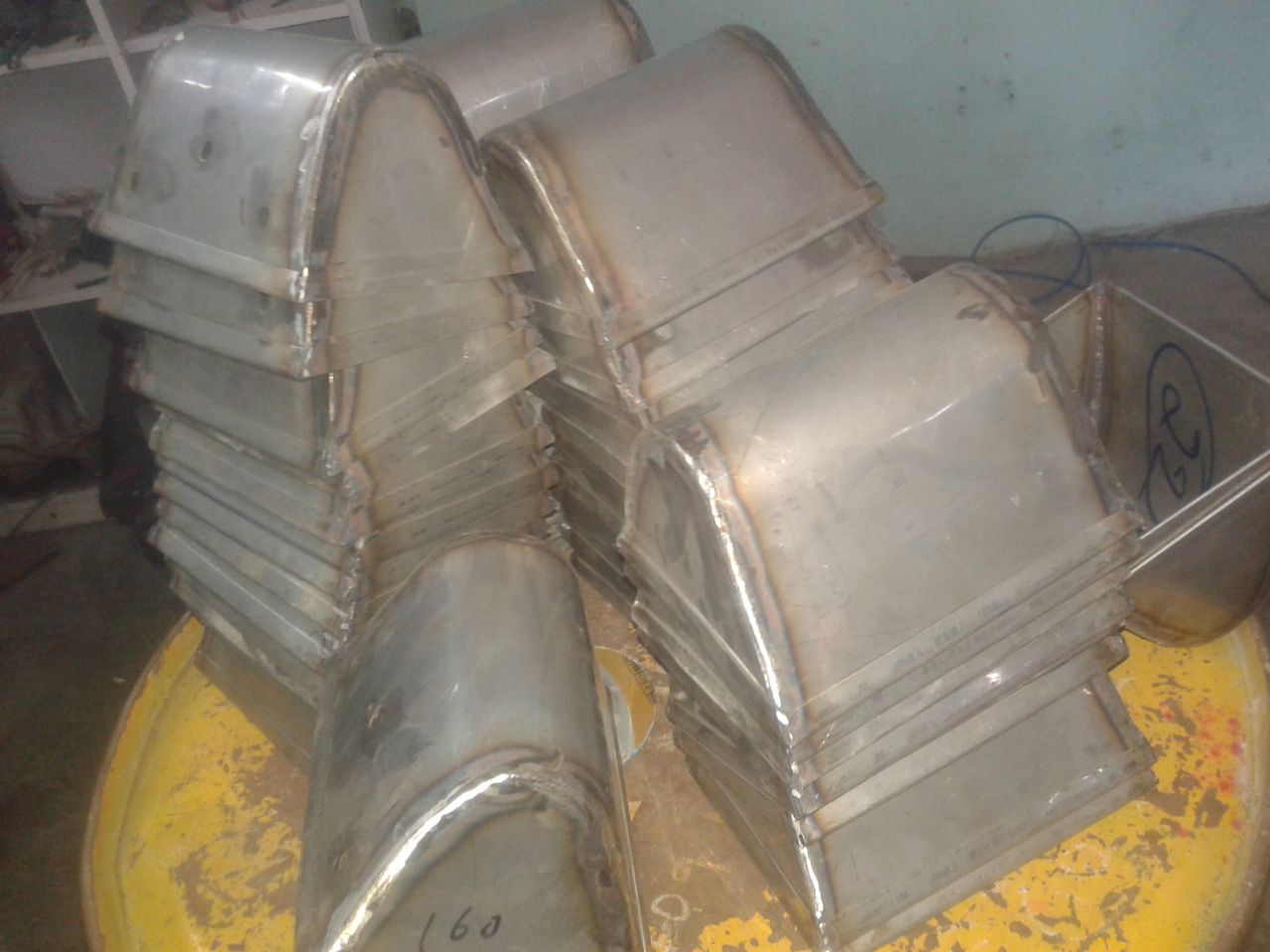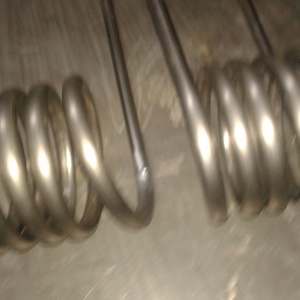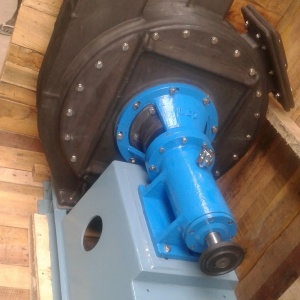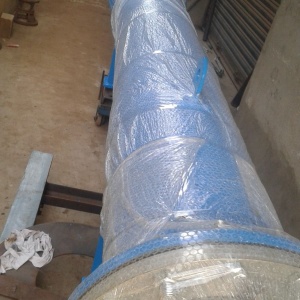Description
Stainless steel is not a single alloy, but rather the name applies to a group of iron-based alloys containing a minimum of 10.5% chromium. Other elements are added and the chromium content increased to improve the corrosion resistance and heat-resisting properties, enhance mechanical properties, and / or improve fabricating characteristics. There are over 50 stainless-steel grades that were originally recognized by the American Iron and Steel Institute (AISI.) Three general classifications are used to identify stainless steel. Among alloy types, “304” is the basic chromium-nickel austenitic stainless steel and has been found suitable for a wide range of applications. It is the most readily available in a variety of product forms. This grade is easy to form and fabricate with excellent resistance to corrosion. It is nonmagnetic steel.
The stainless alloy resists most oxidizing acids and can withstand all ordinary rusting. However, it will tarnish. It is immune to sterilizing solutions, most of the organic chemicals and a wide variety of inorganic chemicals.





